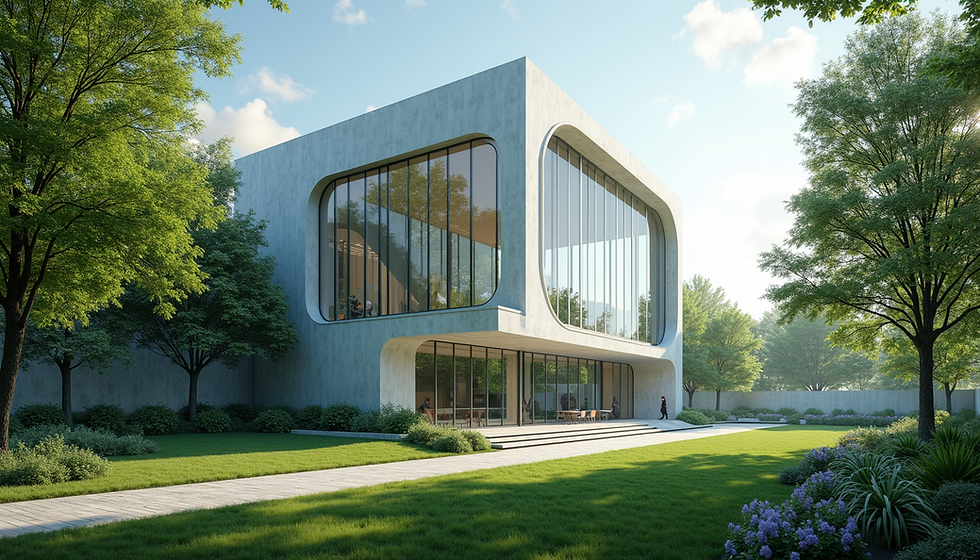Adaptive Architecture
- One Helios
- Sep 27
- 2 min read
Introduction
Adapting architecture to incorporate solar power involves integrating solar energy systems into building designs. This adaptation not only promotes sustainability but also enhances energy efficiency and reduces reliance on fossil fuels.
Key Considerations for Solar Integration
1. Site Analysis
- **Orientation**: Determine the optimal orientation of the building to maximize solar exposure. - **Shading**: Analyze potential shading from surrounding structures or trees that could impact solar panel efficiency.
2. Building Design
- **Roof Design**: Utilize flat or sloped roofs to accommodate solar panels effectively. - **Materials**: Choose materials that enhance energy efficiency and complement solar technologies.
3. Solar Technology Options
- **Photovoltaic Panels**: Install solar panels to convert sunlight into electricity. - **Solar Thermal Systems**: Implement systems for heating water using solar energy. - **Building-Integrated Photovoltaics (BIPV)**: Integrate solar cells into building materials, such as windows or facades.
4. Energy Efficiency Measures
- **Insulation**: Improve insulation to reduce energy consumption and enhance the effectiveness of solar systems. - **Energy-Efficient Appliances**: Use appliances that consume less energy to maximize the benefits of solar power.
5. Regulatory Compliance
- **Building Codes**: Ensure adherence to local building codes and regulations regarding solar installations. - **Incentives and Rebates**: Research available incentives for solar energy adoption to reduce costs.

Benefits of Solar Power Integration
1. Environmental Impact
- Reduces carbon footprint and reliance on non-renewable energy sources.
2. Economic Advantages
- Decreases energy bills and can increase property value.
3. Energy Independence
- Provides a reliable source of energy, reducing vulnerability to energy price fluctuations.
Conclusion
Integrating solar power into architecture is a forward-thinking approach that aligns with sustainable practices. By considering various factors such as site analysis, building design, and energy efficiency, architects and builders can create structures that harness the power of the sun effectively.



Comments